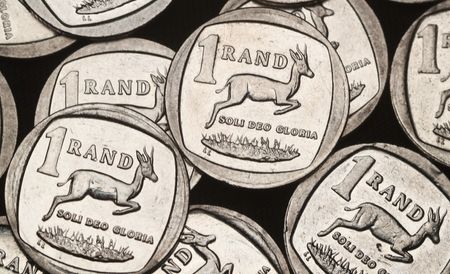By Wayne Cole and Amanda Cooper
SYDNEY/LONDON (Reuters) – European stocks rebounded on Wednesday, as investors drew some relief from U.S. President Donald Trump saying he had no plans to fire the head of the Federal Reserve, and hinting at lower tariffs for China.
The dollar initially leapt after Trump walked back his threats to dismiss Fed Chair Jerome Powell, which shook investor confidence in U.S. assets, although most of those gains had faded as trading began in Europe.
Trump also reiterated he wanted to reach a deal with China where tariffs would not be anywhere near 145%, adding that he would set the terms of a deal if Beijing did not enter talks.
U.S. Treasury Secretary Scott Bessent was reported on Tuesday as saying he believed there would be a de-escalation in U.S.-China trade tensions, but negotiations with Beijing had not yet started and would be a “slog.”
“While it is still early days, the mood in the market is evidently shifting and what was a strong ‘sell America’ vibe flowing through markets yesterday has in part reversed,” said Chris Weston, head of research at broker Pepperstone.
“Markets are becoming ever more conditioned to the president shooting from the hip and then reversing the stance like it was never a big issue.”
Europe’s STOXX 600 rose 1.7% on a busy day for earnings, with German software company SAP and BE Semiconductor Industries – a supplier to the chipmaking industry – in focus, while a survey of business activity in Germany showed the private sector slipped back into contraction in early April.
A sharp jump in Asian markets overnight saw MSCI’s broadest index of Asia-Pacific shares outside Japan up nearly 2%, while U.S. stock futures rose 1.7-2%, suggesting a rally on Wall Street later.
Sentiment had already been shored up by some upbeat earnings, and Tesla rebounded 5% after the bell despite missing forecasts.
Tesla boss Elon Musk said on a call with analysts he would significantly reduce his involvement in work at the U.S. Department of Government Efficiency from next month to focus more on his many companies.
The dollar rose as much as 1.1% against the Japanese yen, which has served as a major safe haven for anyone ditching U.S. assets, before backtracking to show a gain of 0.1% to 141.82, just above seven-month lows below 140.
The euro was down 0.3% at $1.1383, while the pound was down 0.2% at $1.331.
Longer-dated Treasuries rallied as Trump’s reversal on Powell seemed to ease the threat to U.S. monetary and fiscal credibility. [US/]
Investors have been worried that White House pressure to cut interest rates would risk fuelling inflation just as Trump’s tariffs boost prices.
However, the big picture has not changed enough at this point to prompt investors to start flocking back into U.S. assets, according to Jefferies strategist Mohit Kumar.
“Volatility is likely to stay, and we would use any sell-offs to add to positions in Europe and Asia. In these markets, it makes sense to remain humble and nimble, focus on the long term views and trade around these headlines,” he said.
Yields on 30-year bonds fell 7.5 basis points to 4.804%, while two-year yields rose 3 bps to 3.82%, as investors attached a lower chance of any immediate rate cuts.
Tariffs are expected to hurt the global economy as the International Monetary Fund on Tuesday slashed its forecasts for growth in the United States, China and most countries.
Still, the general improvement in risk sentiment helped oil prices recover some of their hefty losses. Brent crude rose 1.6% to $68.50 a barrel.
Safe-haven gold ran into profit-taking and slipped 2% to $3,314 an ounce, off an all-time peak of $3,500. [GOL/]
(Additional reporting by Wayne Cole in Sydney; Editing by Tom Hogue and Bernadette Baum)








